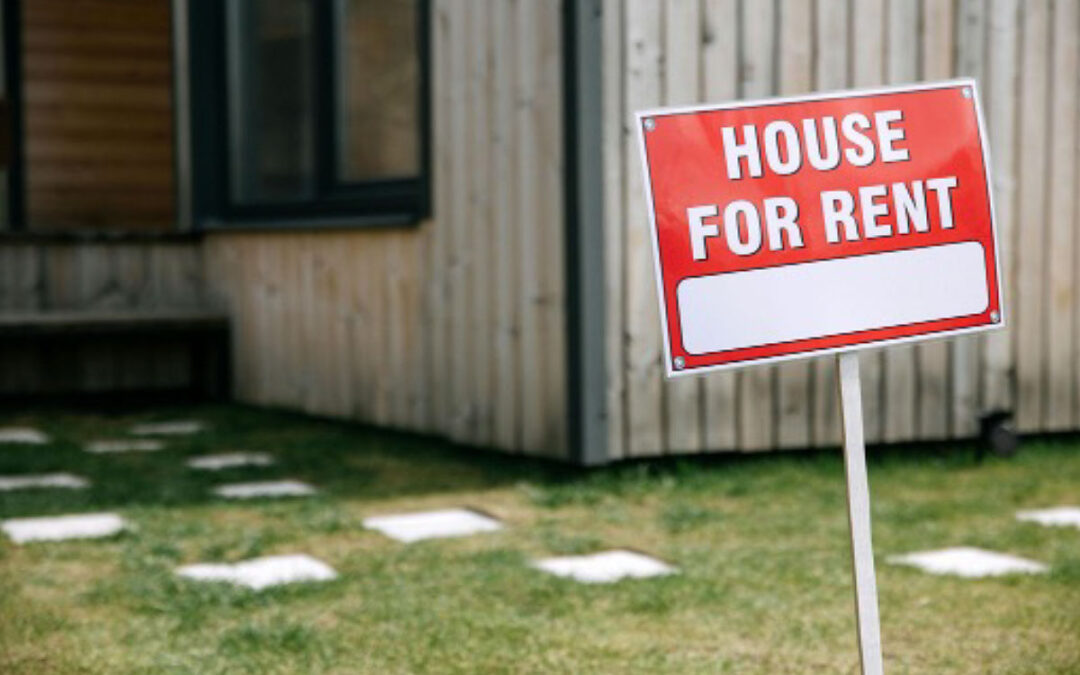In neighborhoods where for-sale signs once held court, a new breed of homeowner is weighing a different path: renting out their primary residence. The reasons span everything from rising interest rates to career moves, aging parents, or simply a long-game investment strategy. But turning a home into a long-term rental isn’t just about posting on Zillow and watching the checks roll in. It requires a mindset shift—one that blends pragmatism, patience, and a sharp eye for the unglamorous details that come with being someone else’s landlord.
Setting the Right Rent Price (Without Overreaching)
Overpricing is the fastest way to drive good tenants toward the competition. While it’s tempting to set the rent based on mortgage payments or upgrades made with love, renters don’t pay premiums for your nostalgia. They compare listings on market value, amenities, and location—nothing more, nothing less. Tools like rental comps, property management insights, and even a few pretend inquiries to local listings can help a homeowner set a rent that gets bites without leaving money on the table.
Crafting a Lease That Works for Everyone
The lease is more than just a formality—it’s the foundation of the rental relationship. It should clearly outline expectations around rent, repairs, notice periods, and everything in between, leaving as little as possible to assumption. To streamline the process, you can use tools that let you fill and sign PDF documents online, allowing tenants to review and sign agreements without the hassle of printing or scanning. Once completed, the file can be securely shared and stored, making sure both parties have access to the same version of the agreement from day one.
Navigating Local Laws and Loopholes
Not all rental markets play by the same rules. Some cities require annual inspections or limit how many unrelated tenants can share a space. Others have strict eviction procedures, rent control ordinances, or short-term rental bans that still affect long-term leases. Knowing the local legal landscape isn’t just a smart move—it’s a necessary one. A misstep here could cost more than a security deposit; it could put the entire investment in jeopardy.
Shielding Your Rental with the Right Coverage
Unexpected repairs can quickly eat into rental income, especially when major systems or appliances call it quits. A home warranty can act as a financial buffer, helping cover repair or replacement costs when things break down from normal wear and tear. It’s worth exploring appliance warranty costs with an eye on plans that also include the removal of faulty units and issues caused by poor installation or previous shoddy repairs. The goal is to avoid scrambling for cash mid-crisis—and to keep tenants comfortable without burning through your margins.
Property Management: To Hire or Not to Hire
For some, the idea of late-night phone calls and lease renewals is enough to hand off the keys to a professional. Others see property management as an unnecessary expense that cuts into profits. The choice comes down to bandwidth, geography, and tolerance for conflict. If the house is across the country or a job already demands full-time energy, hiring a manager might preserve more than just peace of mind—it might preserve the investment itself. Experienced professional property managers recommend using a property manager for at least the first year to put distance between you and your emotions around someone living in your personal home. If you intend to DIY, visit NARPM (National Association of Residential Managers) to find a qualified, and professional property manager in your area.
Preparing the Home for a Tenant-First Experience
Before the listing goes live, the house needs more than a deep clean and a fresh coat of eggshell. Safety inspections, appliance tests, and neutralizing quirks (that antique lock on the bathroom door has to go) help set the tone for a professional landlord-tenant relationship. Simple upgrades like durable flooring or modern lighting can also elevate a home’s appeal without draining the wallet. What matters is presenting a space that says, “You’re welcome here,” not “You’re just a placeholder.”
Leasing out a personal residence rewires the relationship a homeowner has with their space. It becomes a business asset—one that demands attention, structure, and the ability to roll with unexpected calls and contractor delays. Yet for those willing to approach it with care and a clear-eyed plan, it can also be a smart financial strategy with lasting upside. In a world where stability is often hard to come by, long-term rentals offer one way to create it—both for those offering shelter and those calling it home.
Streamline your property management operations and save valuable time with customizable templates and manuals from PM Made Easy. Discover how you can enhance productivity and protect your business today!


Recent Comments